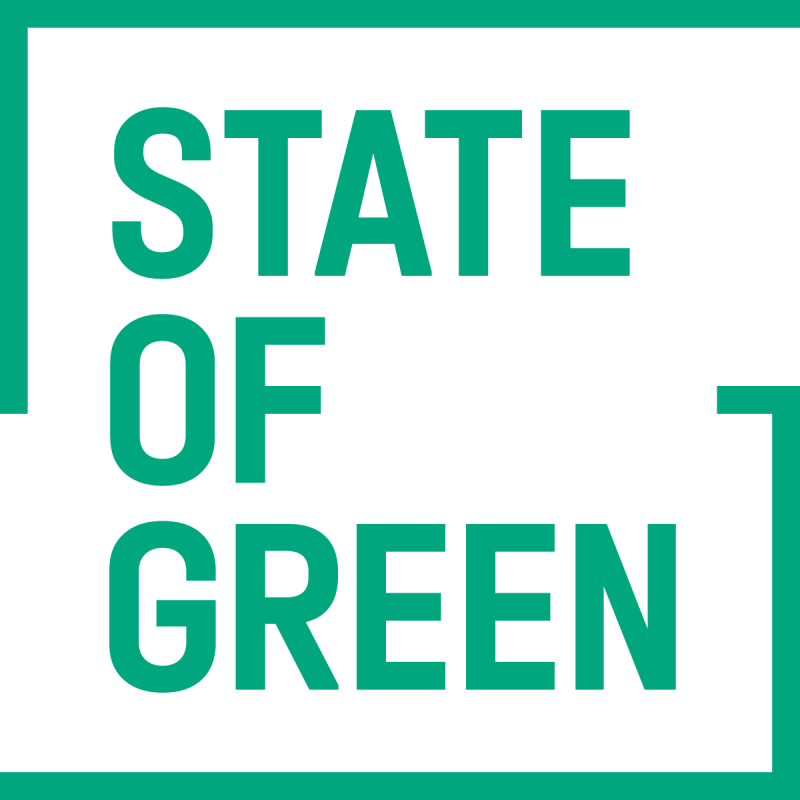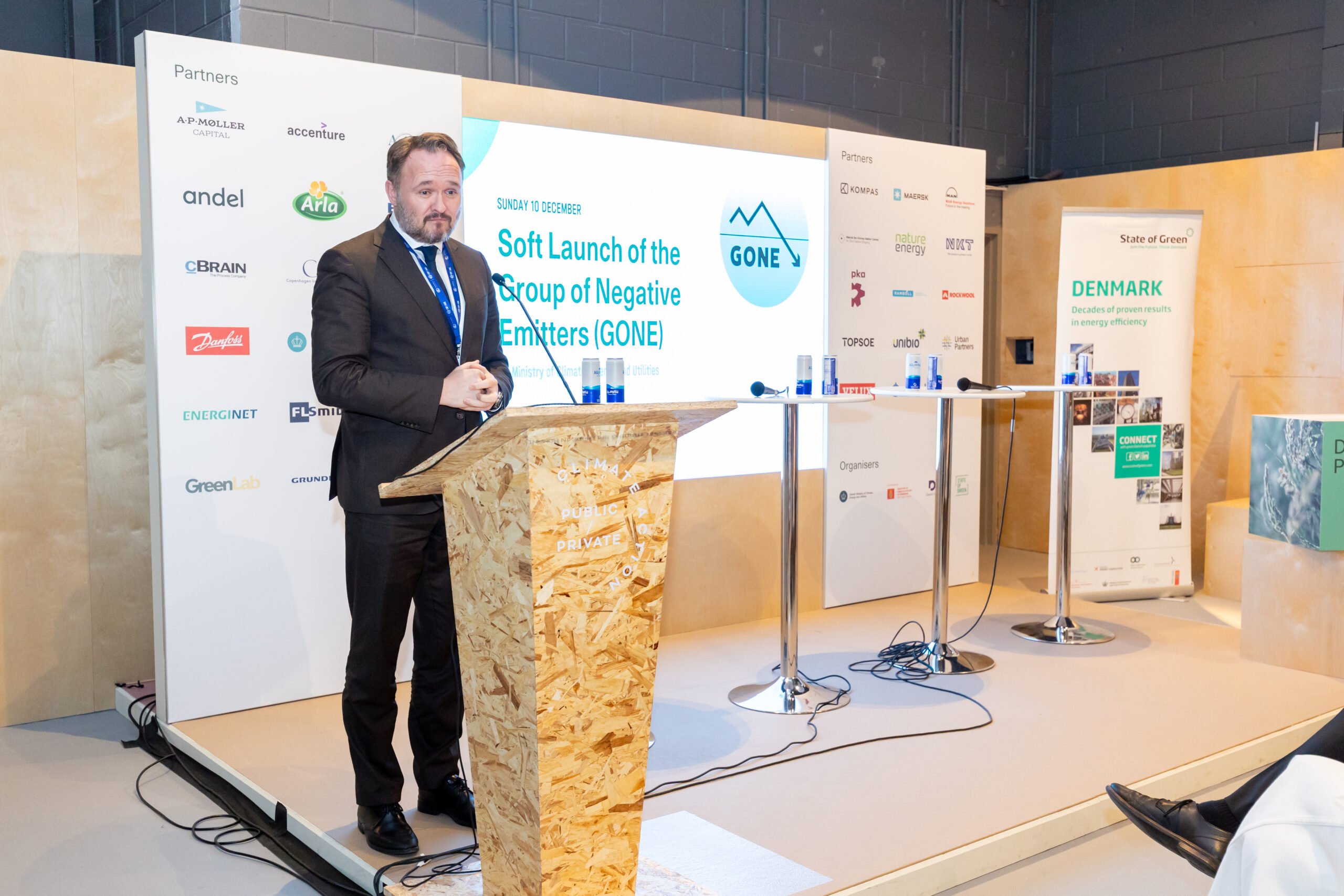A novel task and opportunity
Before long, that idea was formulated into an actual project. The government divided the Danish economy into 13 and later 14 sectors – which were all invited to participate in industry-specific climate partnerships. The partnerships covered every corner of the private sector. From construction to commerce to food and agriculture to finance. The invitation came with a task. Each partnership was asked to present a proposal on how their individual sector could contribute to reaching the national goal of a 70% reduction in GHG emissions by 2030.
With that task also came a novel opportunity. The proposals from the partnerships also had to include concrete recommendations for the government on how to support and enable the proposed green initiatives of each industry. In simple terms, it is a green roadmap for the industries by the industries. And luckily, the industries welcomed the idea. The major trade organisations as well as the CEOs of industry titans like Ørsted and Danfoss all accepted the invitation and saw its potential.
“You actually try to enter into all the different business sectors and try to explore what are the real issues and obstacles to the green transition. So this initiative was really a good solution to try and bridge that information gap, trying to bring together people on the floor, so to speak, and people doing the regulatory frameworks.” Jens Dandanell Petersen, Head of National Energy and Climate Policy and Climate Partnerships at The Confederation of Danish Industries.
From a government perspective, it was important to guarantee the private sector that these partnerships were worth their time and effort. A key part of that effort was to assure the industries that this wasn’t an attempt to point fingers or micromanage their activity. Instead, the government emphasized that partnering up was about finding a constructive way forward which supports a just green transition of the economy.
“In the climate law and in the climate partnership, there’s this notion that we want to have a green transition of the economy, but we want to do it in a way where we keep Denmark as a wealthy, well-connected, good jobs nation. So this is not banging on industry. This is about including them as part of the solution.”Anders Hoffmann, Deputy Permanent Secretary at the Danish Ministry for Climate, Energy, and Utilities.
An intense but beneficial exercise
The initial excitement from the private sector was also coupled with concern about the feat they were about to undertake. They only had 3 months to come up with proposals on what industries could do themselves to reduce CO2 emissions, based on a thorough review and outreach and also pinpointing what the government needed to do to support these initiatives.
Each partnership approached the process somewhat differently. However, a defining trait of the process was co-creation. Most partnerships gathered insights from academia, the relevant ministries, civil society, and also each other. As they each mapped out which sectorial challenges they were facing, they also relied on to the other partnerships to find synergies.
After an intense few months, the 14 climate partnerships delivered their proposals to the government in March 2020, which amounted to over 400 concrete recommendations. The handover of the proposals to the government was not the end of the project, but the beginning of a new conversation – a conversation about implementation.
Since the proposals from the partnerships were handed over, the government has worked to implement the recommendations. While there seems to be agreement that the climate partnerships have been a success in many ways, both the public and the private sectors acknowledge that there were challenges throughout the process and things that could’ve been done better. However, both parties ultimately agree that it has been a beneficial exercise.
Despite a pandemic and a host of other crises, that have taken a lot of political attention over the past few years, the work has progressed significantly. And that’s not just the verdict of the government itself.
“When you look at the results, I think there were 432 recommendations altogether. And today, around 80% of them has been implemented, or partially implemented. I think that’s a really high success rate, actually. It’s a really good idea to actually prioritize this work. Because it will give a huge insight into what are the potentials within their own sectors. And also opens up for collaboration between sectors that normally not talk to each other. And at least we could see from a Danish perspective, that there was a huge learning curve, actually. New ideas arose and people got to know each other and they created a new network that wouldn’t have existed otherwise.” Jens Dandanell Petersen, Head of National Energy and Climate Policy and Climate Partnerships at The Confederation of Danish Industries.
Going global
The success of the Danish climate partnerships comes at a time when the global demand for accelerated and coordinated climate action has never been more apparent. Therefore, important work is currently being done to share the Danish experience with public-private collaboration outside of Denmark’s borders. And some countries have already looked to the Danish model for inspiration.
One of them is Iceland, which is currently working to develop its own model for public-private collaboration. The Danish model has been a useful source of inspiration. In particular, Iceland has consulted the step-by-step Climate Partnership Playbook which we developed at State of Green to accommodate the growing international interest in Denmark’s work. In Iceland, the playbook reassured the ministry about the work they were about to undertake.
“What we got out of reading the playbook was a consolidation of what our main concerns were. And just to commend, the Danish partnerships on the playbook that they put forward, where you have all the different elements and things that you need to consider in taking this sort of approach, where you go from the scoping of the project to defining the governance and getting that right, and then also the final outcome and integration of the action plans. And we can see there’s already so much material and so many options for different kinds of collaborations that this is something I believe everyone can do.” Anna Sigurveg Ragnarstottir, Head of Division at the Icelandic Ministry of the Environment, Energy and Climate.
Though Denmark and Iceland are both Nordic and relatively small nations, all countries are uniquely positioned in the green transition and a one-size model for public-private partnerships will not fit all. But as Anna explains, with initiatives like the Danish playbook, many countries now have a very concrete tool to kickstart their journey towards public-private climate action.
Partnering for impact
The Danish climate partnerships are an example of how public-private partnerships can be an impactful type of climate action. And there are many pressing challenges in the green transition, which public-private partnerships offer a timely solution to.
Firstly, many countries will soon be faced with the question of how to transform hard-to-abate sectors. Public-private partnerships can be a way of laying down the groundwork for tackling the challenge purposefully, as well as accelerating the journey and scaling of solutions from labs to market. A related area where public-private partnerships can play a major role is in the decarbonisation of supply chains – or scope 3 emissions.
“Businesses are increasingly expected to ensure the sustainability of supply chains, including reducing carbon emissions and protecting natural resources and so on. And this public-private partnerships can really help create sustainable supply chains by this collaboration between suppliers, different sectors, and also promoting sustainable practices.”Jens Dandanell Petersen, Head of National Energy and Climate Policy and Climate Partnerships at The Confederation of Danish Industries.
The gains of public-private partnerships also translate into financing. Without green investments, all our good ambitions won’t be realised. In Denmark, for instance, our trailblazing wind industry would not have grown if public-private partnerships hadn’t engaged in collective long-term commitments to ensure workable financial conditions.
The list of ways in which public-private partnerships can contribute to the acceleration of the green transition is long and full of possibilities. The Danish climate partnerships are an example of how public-private partnerships can progress the discussion on how to bring about the necessary green change together. Public-private partnerships are neither a silver bullet nor a standalone. The Danish story is simply a testament to the fact that trust, collaboration, and binding commitments are paying dividends.
“I think one of the things that you sometimes forget when you do policies, that all of them are about that somebody out in the real world need to change and need to do something differently. So by involving them in the process of actually discussing what change is needed, then they’re much more and much better equipped to actually do that. That would be sort of a North Star that you can actually make sure that you get much bigger impact if you have this public private partnership.”Anders Hoffmann, Deputy Permanent Secretary at the Danish Ministry for Climate, Energy, and Utilities.


















